For Brenda Cabrera, each work is a sort of self-portrait where she lays bare her essence and, as a ritual, connects it to a much larger cultural universe.
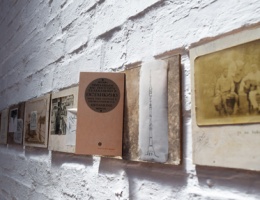

For Brenda Cabrera, each work is a sort of self-portrait where she lays bare her essence and, as a ritual, connects it to a much larger cultural universe.
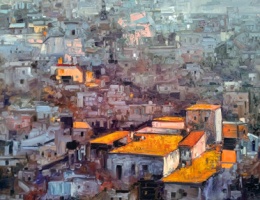
Javier Barreiro is interested in observing his surroundings, the images that are repeated day by day, where the urban grows guided by precariousness and adopts a form of survival.

Carlos Batista’s works reveal a disturbing loneliness not exempt of drama; that contemporary drama that makes us oscillate between immediacy and a continuous desire for transcendence.
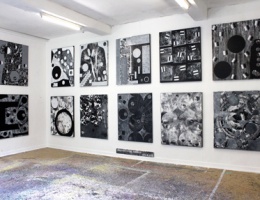
Hugo Azcuy Castillo makes a work that is an extension of his own psyche, of his propensity towards the transcendent and of the dialogue between the human and the divine.
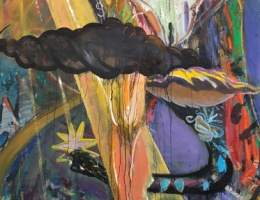
The grotesque, the scatological, the perverted, the perverted, the sublime, the sexual, the dark, the disproportionate, the wrathful, the noble and the human, all come together in Antoine Mena’s work.
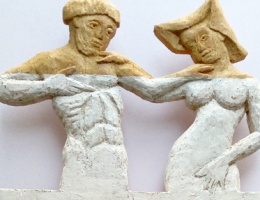
Regis Soler has developed an extensive career as a sculptor dating back to the 1980s, experimenting with the appropriative process and assemblage.
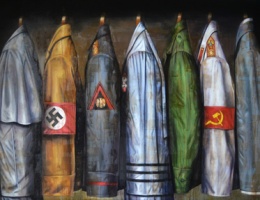
César Castillo delves into the folds of a political art in his own way. The figure of the forgotten antihero on the periphery of the local circuit is his theme.
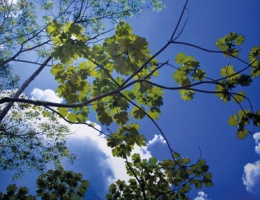
Rodolfo Valdés Montes de Oca’s landscape creations are of a contemplative nature, capable of rivaling, in beauty and mastery, the world of Natural.
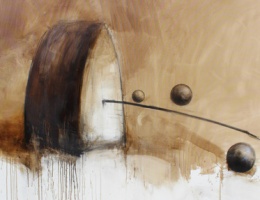
In Octavio Irving’s works there is the echo of a city that speaks of erosion and wear, also of a knowledge acquired through cycles in constant succession.

Abraham Machado points out among his main artistic references the impressionist painters, from whom he inherited the concern for light and the synthesis of stains and colors.

Luis A. Gonzalez’s form of expression is painting. However, music, video and a child’s games are also his means of communicating ideas.
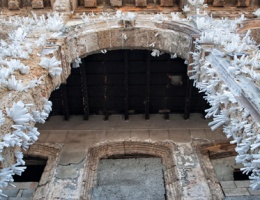
The work of Elio Jesús Fonseca has a marked existentialist background. For the choice of materials, the visceral nature of his scenes and the effectiveness he imprints on them.
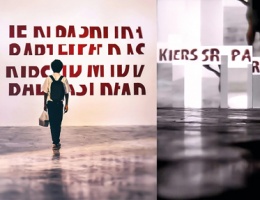
Aissa Santiso executes actions with rigor, as an artist (multifaceted, interdisciplinary, multimedial…) Painting, performance, photography, new media art, video art.

The metaphysics integrated into painting as a spiritual quest, that inner life in which the subconscious reigns -an intangible terrain that the surrealists tried to personify- and the vast architectural spaces that Giorgio de Chirico has left in our visual memory, are the main references that serve as a basis for interpreting the work of …
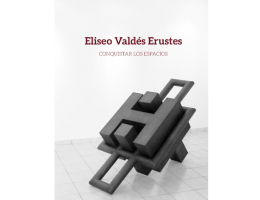
CdeCuba Art Books 14
Ángel Ramírez, born in Havana in 1954, stands out as one of the most innovative contemporary Cuban artists. His work is characterized by the creation of a complex web of visual languages that reach a remarkable poetic depth. Through conceptual metaphors, Ramírez manages to combine technical mastery and creative agility, allowing for a fluid transition …

Felipe Alarcón Echenique (Havana 1966), is a restless painter, committed to his style and his time, passionate about the warm atmosphere of the island. His works have a graphic rhythm and dynamism conceived within an almost perfect balance. Architectures of forms and colors that, like an accumulation of gestures and experiences, demand to be entered …

CdeCuba Art Books 13
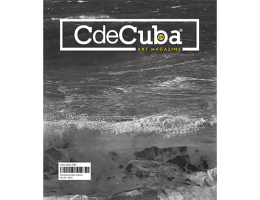
CdeCuba Art Magazine No.29
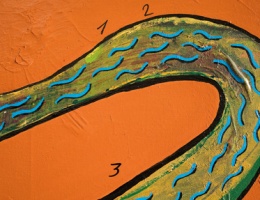
For Maikel Sotomayor, landscape has been the neuralgic point of his most extended creative discourse. He conceives him to whom he must return.
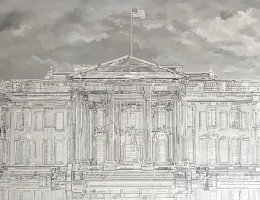
The uninhabited, translucent, phantasmagoric city… This is the city that multiplies and underlies Donis Llago’s work. To discover it absent can suggest a fortuitous encounter with the evils that afflict it, that submerge it in the depths of a glass box, that fracture it and torment it again and again, until it is left to …
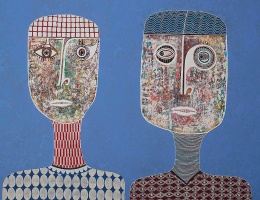
Héctor Frank’s works are based on a central anthropomorphic image. Thematic elements, found objects and colored planes that do not achieve perspective are added to it. They are severe faces, which are astonished to be observed. Characters contained in an orb of textures and colors from which they do not want to escape. He traps, …
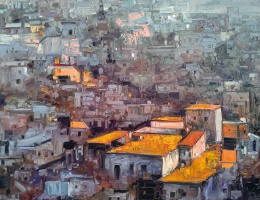
Everyday life needs to be accompanied by an awareness of the political frameworks in which we participate and which determine us as individuals in a social environment. Javier Barreiro’s examination of his surroundings channels these concerns. The city serves as a motif of discourse: the image he projects of it activates meanings that go beyond …

Luis Enrique Camejo has gathered in the course of his career a remarkable work, characterized by the consistent quality and by the talent to balance the values, sometimes contradictory, that enrich his artistic vision. His work has successfully explored the idea of the city and of the urban element, matters that he approaches with a …
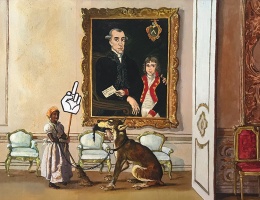
My work approaches, from a humorous perspective, the context of history. My paintings have a certain flavor of the past, with a touch of humor that is expressed in the titles, evoking the genre painting of the nineteenth century.